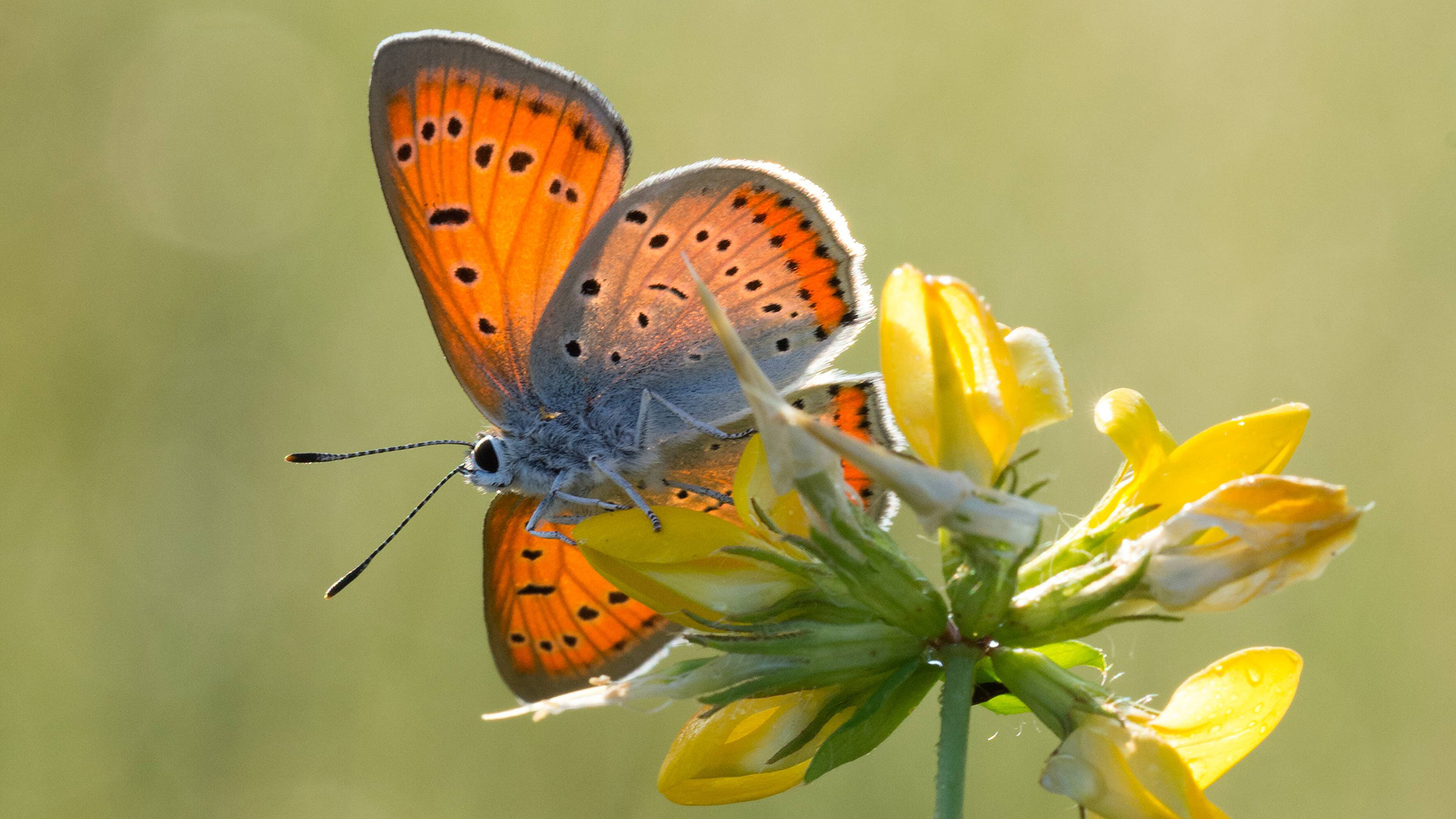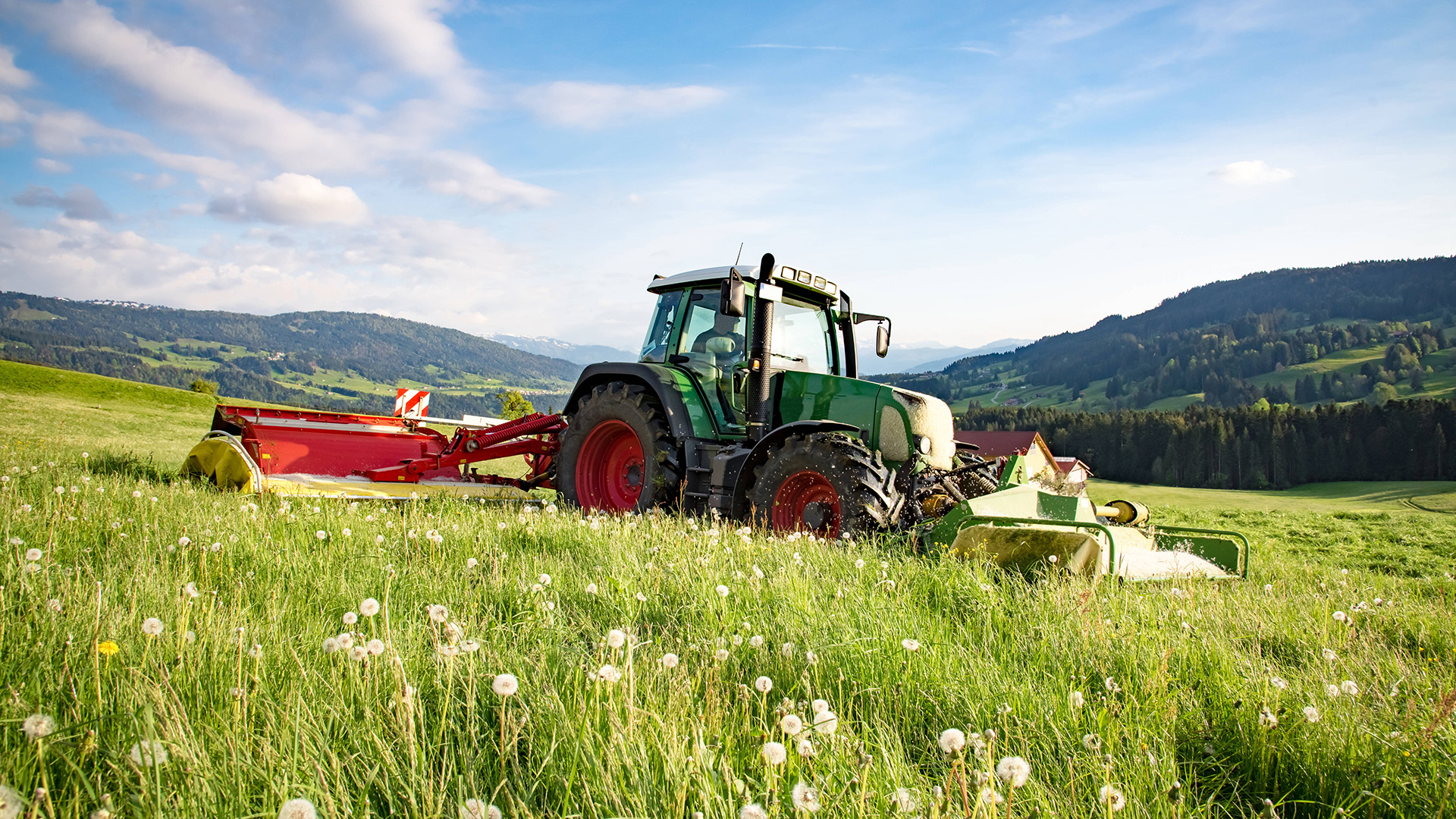Our Agriculture for Biodiversity program has been running for ten years. Does this have any benefit for insects and birds, for nature? Yes, say scientific studies.
We need nature rich in species. And we need agricultural landscapes in which our food is secured by pollinating insects, but also the humus-forming microorganisms in the soil. Not to mention the herbs, wildflowers, farm birds, amphibians and mammals in the meadows, pastures and fields. We need agriculture that creates diversity again and stops the trend of species decline!
With this goal in mind, we have been implementing the “Agriculture for Biodiversity” program in Germany for ten years. With great success: We celebrate together with our partners EDEKAthe organic farming associations in particular the initiator Biopark and with the Leibniz Center for Agricultural Landscape Research. And of course: with the 170 farmers who are taking part with great commitment. This makes it the largest privately financed species protection program in the German agricultural landscape.
How it works
The farmers receive professional advice and support. They select suitable measures for their business from a scientifically developed nature conservation module. In order to be recognized as a company, you must achieve a certain number of points. To do this, they agree on a package of measures with the consultants. Then in return they receive more money on their goods from the trading partner EDEKA. You can buy these products marked with this label in EDEKA stores. Practical nature conservation at the supermarket checkout.

For example, meadows and pastures are mown later than usual. Later mowing dates have the great advantage that many insects have a place to retreat and continue to find food. Numerous butterflies benefit from this – for example the large fire butterfly.

Factor 20 for butterflies, 100 for wild bees!
We have had the effect scientifically examined. The astonishing result: the number of butterflies in the clover grass, which is grown as animal feed, is four times higher. In meadows and pastures there are more than twenty times more butterflies in the unmown areas! For wild bees, the factor is even 100. There are a hundred times as many wild bees in the unmown meadows and pastures as in the normally mown meadows!
Follow us on social media
For example, the so-called drill gap is left in the fields and fields. When there are suddenly wildflowers in the middle of the grain and one row is not overgrown with grain, that is particularly exciting for them pollinating insects. But also for rabbits – and for the endangered ones Skylark. She can build her nests in these areas and take off and land easily when singing – which she could not do in a dense and compact grain field.

Which helps local biodiversity
Farmers either forego fertilization completely or work the soil particularly gently for insects and wild herbs. They mow the meadows and pastures later so that the insects and ground-nesting creatures are safe. And they leave grain stubble standing over the winter where the insects can hibernate. But small measures also help: Flower strips, cairns and hedges are created and insect hotels are set up. Large areas around small bodies of water remain unmowed. All of this meshes together: flower-rich meadows, fields and pastures ensure that the insects find food and have a habitat here. The many grasshoppers, beetles, spiders and other insects are food for birds.
In recent years we have observed that the occurrence of the rare whinchat has doubled on certain farms. This has been successful where certain areas are available as protected space, i.e. without mowing meadows, so that they can build their nests in peace and raise their young. Thanks to our monitoring, we now know very precisely what promises the most success. This is where we focus our cooperation with farmers.
Because in the end it's not just about the survival of the flora and fauna, but about our food security. For our survival.
Follow us on social media:


